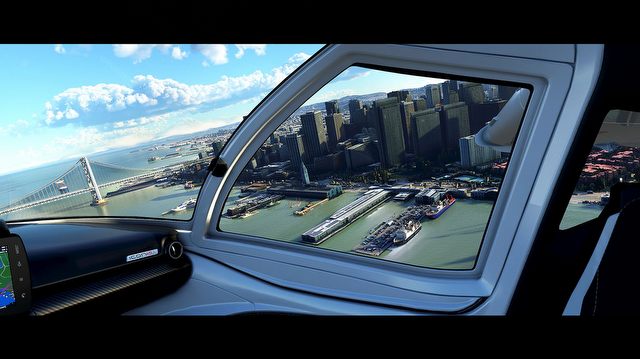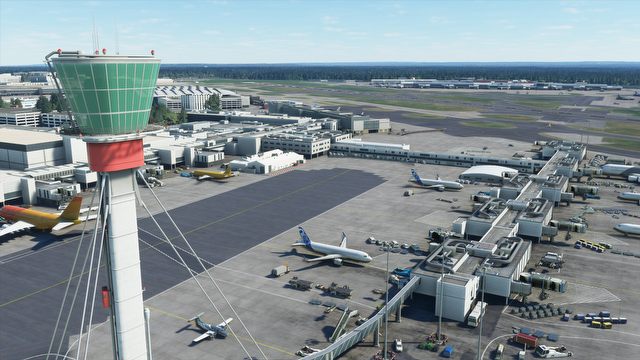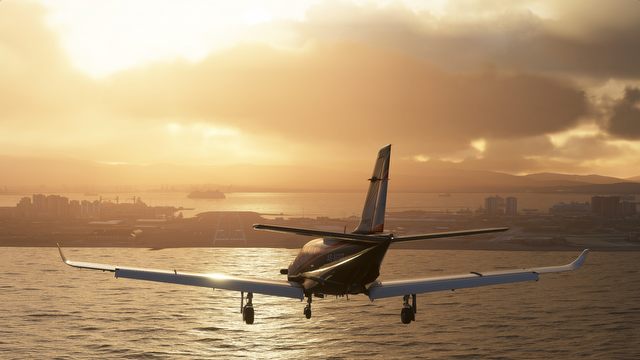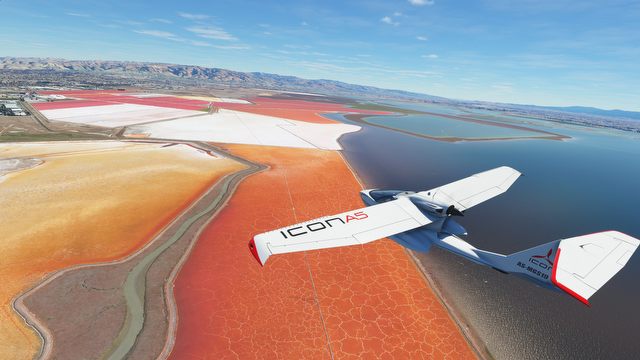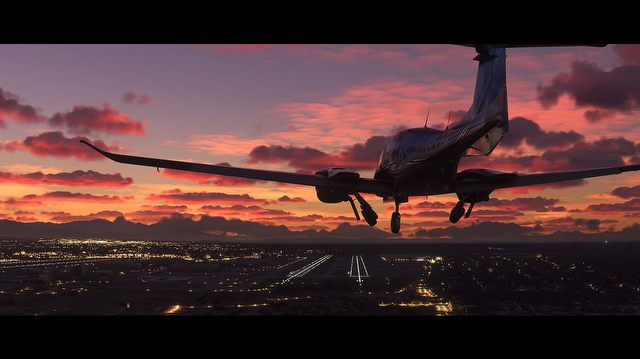Deep-dive with Devs of Microsoft Flight Simulator 2020 – No Pilot Left Behind
The Flight Simulator 2020 is coming in just a few days. How did the devs of The Crew recreate Earth in a game about Cessnas? We interviewed the devs to learn about all that, including structure, mods, support, and tech details.

The imminent release of Flight Simulator 2020 is significant for two reasons. First, it rediscovers flight simulators and reintroduces them to the public after years of neglect that followed the long-lost prime of these games.
Secondly, it’s quite a revolution in terms of visuals – not merely the way it looks, but mostly in the way it achieves that level of realism. The game makes extensive use of AI algorithms to generate the landscapes, being perhaps the first significant milestone on the way to realistically rendering our own Planet in a video game by pairing up high, end-user computing capabilities with high-bandwidth streaming of petabytes-worth of data – almost incomprehensibly more than 500GB, or 1TB, commercially available drives.
All that incredible technology is courtesy of Microsoft and the French studio Asobo, which recently graced us with the fantastic, albeit clearly underfunded Plague: A Tale of Innocence. How come the developers of a double-A game about rats and children in time of plague switched to calculating complex aerodynamic parameters for different layers of Earthly atmosphere? Is Flight Simulator 2020 a game for everyone, or a hardcore sim addressed exclusively to enthusiasts? We didn’t know the answers to these questions, so we’ve asked the devs themselves to talk about their game. In our conversation with Jörg Neumann, head of Microsoft Flight Simulator in Microsoft, and Martial Bossard, lead programmer for FS2020 and co-founder of Asobo Studio
Asobo Studio
Asobo is a French dev studio established in 2002 by a dozen people. Since then, they worked with such publishers as Disney, THQ, Ubisoft, or Microsoft. They achieved a notable success with a game called Fuel – an open-world racing game that earned them and their proprietary engine the award for the biggest game world available on consoles (as big as the state of Connecticut). Asobo also worked on games such as The Crew, The Crew 2, WALL-E, Toy Story 3 and ReCore.
Darius Matusiak (Gamepressure.com): I always thought that making a good flight sim requires a huge amount of experience in the area, like Eagle Dynamics, or Microprose back in the day. But when you look at Asobo, your back-catalog lists games like Wall-E, The Crew, and the amazing Plague: A Tale of Innocence. The difference between a story-driven adventure in medieval times and the cockpit of a Boeing 747 is, well, quite large.
My point is: In what way Asobo had to change or adapt to this particular challenge? How much consultation with specialists did it require? Or perhaps it’s not that different after all?
Martial Bossard, Lead Programmer, co-founder of Asobo Studios: Um… There’s so much to say. First of all, Plague was not our debut. We worked on The Crew, we made a game called Fuel a decade ago, maybe more. I think we’re just hungry for new technologies.
I mentioned Fuel because, at the time, it also was something very R&D-based, and we’re used to embracing new technologies. With Jörg, we worked on one of the first games for Kinect, which also involved a lot of research and development. Then, we had a great adventure with Microsoft, (…) as part of the very early program of prototyping the HoloLens. We also had a chance to bring our stone to the SDK, and to the discovery of what could be a holographic device. So, this is for the engineering part.
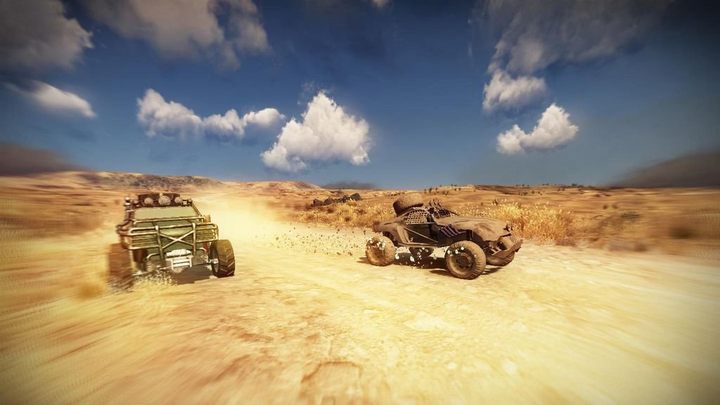
And as for the flying part, well, as you said. Like in every company, we have some simmers. One of the co-founders has his own cockpit at home. He dedicated an entire room to build it. We also have some people who were flying in the past… We actually decided to go to a fight school to take some lessons and eventually become pilots as soon as we knew we’d start to do some prototyping for Flight Simulator.
So, with the love of new technologies and the fact that we like to have that kind of challenge, I think the team was pretty dedicated to it.
Jörg Neumann, boss of Microsoft Flight Simulator, Microsoft: It’s a good question. It’s exactly the same question I had. The first question was obviously: “Should we make another Flight Simulator?” and the second question was: “With whom?” Frankly, I looked across the entire planet, at every possible company that existed, and even built a new team at Microsoft. And for the reasons that Martial stated – our experience of working with Asobo for over a decade – I could be sure they are technologically and artistically gifted, but also simply curious. And you need to be curious in order to make a flight sim. Because you need to truly embrace flying, as you said.
I already knew that they’ve put a lot of effort into Kinect. There’s a bunch of experimentation involved every time you have new tech. Kinect was one, HoloLens was another. But it was heartwarming to see it grow. We did a prototype with just three people. It was really tiny, it was the beginning of this product, but even while only three people worked on it, Asobo had already sent almost the entire company to take flying lessons. And several of them became pilots. That type of dedication – not just coding – but also in experiential understanding is critical. It’s been awesome. I couldn’t have found a better partner. No question.
Do you think it can go further? Like building the next Combat Flight Simulator in the future?
Jörg: We’ve had such suggestions! You never know. Honestly, the most important thing was “listen to the community.” We’ve been absent for ‘a while’ – 14 years almost. There is a trust you have to earn, you have to listen carefully, you have to react to what people are telling you. And I think we are at the very beginning of that particular journey. We had an alpha for like 8 months. We have been blessed with incredible amount of feedback, but there is more feedback coming. You can always get it better, and until everybody tells us this is everything they’ve ever wanted, you’re gonna have to stay on the target, not deviate too much.
Because there are all kinds of ideas people want us to do, and eventually we will get there. I mean, we’re all set to dedicate even the next ten years of our lives to developing this project – at the least. There’s lots of things you do in a decade, but now the focus is on making hopefully the best possible flight simulator for civilian aircrafts.
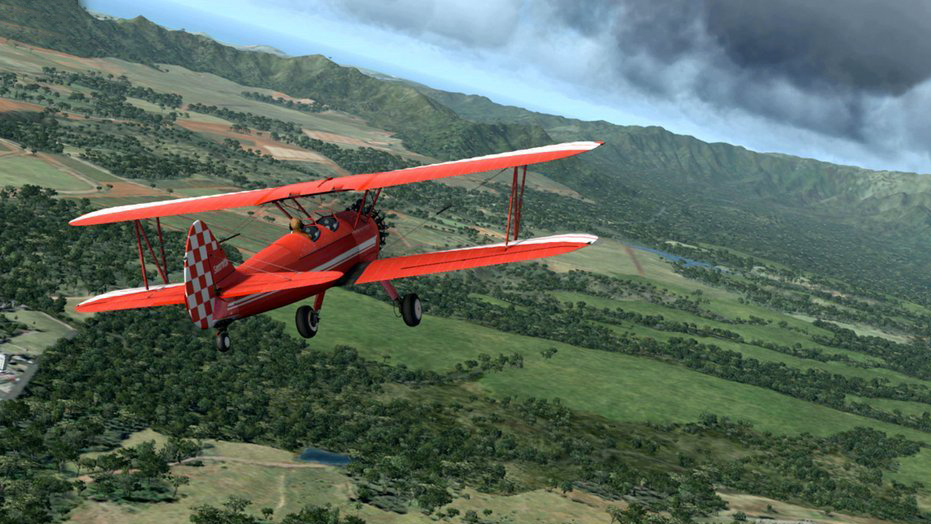
There was a game called Microsoft Flight in 2012, but not very successful. What was the most important lesson to learn from that flop? What are the mistakes you didn’t want to repeat?
Jörg: It was a totally different team. We were working together on Kinect with Asobo and I wasn’t on that team at all.
I would say there was lots of lessons. First thing we’ve done was: read the forums! That’s what we did. We spent months reading the forums before we ever started touching the software. I think there was a reason for that team not to call it Microsoft Flight Simulator – because it kinda wasn’t that. And here, the basic principles are realism, authenticity, the level of details, and also freedom! And freedom means the whole world and they clearly didn’t do that. They only had Hawaii and Alaska, and only a few planes. It wasn’t in the line of Flight Sim 1 to X.
So it was mostly a product for gamers, not simmers?
Jörg: I think it was an attempt to bring other people in. But it was very different from the approach we have taken. From the very beginning we said: we’re gonna make a sim for simmers. No question about it. Actually, we have never talked about ‘gamers.’ We’ve talked about simmers and newcomers. Because in order to enjoy a flight sim, you need to really want to be in a sim. It’s not a casual thing. Instead of dumbing down the physics, dumbing down the simulation, we took a completely different path. We made assistances.
Martial: We were thinking about how to welcome the newcomers and how to make the simulation more accessible. Basically, when you take your first lesson on a true plane, it’s actually pretty easy to fly. It’s very easy to take off, you do your first maneuvers and it’s not that hard. Not because flying is so easy, but because you have an instructor next you. And basically the instructor does all the tricky parts, from the rudder to start with, to use instruments that you don’t even know what they’re used for – almost, the ATC, everything difficult – you don’t have to do any of that.
That’s why we came up with a design of assistances, so you can delegate all the tricky parts. When you’re confident enough, it will be your choice to disable those assistances. Then you can try to embrace the complexity of flying a real plane. With the assistances, I do think that even if you haven’t flown simulations in the past, you can really enjoy flying a plane, the experience of feeling the air, discover the beauty of the Earth seen from above.
As Jörg said, we always say: “Sims for simmers first,” but also “Consider the others, the newcomers.” And the other motto is: “No pilot left behind” – for many reasons.
Jörg: One small add-on to that: “Simmer” is not a black-and-white thing. I learnt back in the days how to fly a Cessna and I am good enough to fly maybe even a turboprop, but when I am in the sim, I use assistances quite a bit for things like airliners. Because those things are complicated. When you look at the onboard computer and stuff… “Oh man, I need help.” So, I think there is an entry point for all kinds of people. And I think that’s important because I am really good with small, single-prop planes, but everything else – I need help with. It’s an elegant way to do it.
You mentioned that the game is made for hardcore simmers, but it will also be available in Xbox Game Pass, which means that quite a lot of people, including those who never played flying sims at all; all the GTA fans, will just face completely alien sort of an experience. And the game is advertised as a big, triple-A title. Aren’t you worried about being flooded with complaints, or even bad reviews, because ‘flying isn’t fun?’
Jörg: Flight Simulator 2020 is definitely huge, but it’s not a game! We talked about it a lot. The mental picture I always have is know who you entertain. It’s like a sandbox. And simmers – they know exactly what to do in a sandbox, they bring their own shovels. For other people – newcomers – it’s useful to be more structured, so we have 8 tutorials that actually help you learn how to fly, which is a great entry point if you take them sequentially. It’s like taking the first 30 hours of flying in those 8 lessons. And after that, we have things like landing challenges – 24 of those – and also Bush Trips, which are quite long. I think it’s a great entry point for everybody who needs more structured content.
The other thing is that for us, the launch is just the beginning. It’s not a boxed product, we’re going to continue working on it. We’re going to update the sim quite frequently. We talked a lot about bringing more tutorials, more help, and more structured activities. They will come out over time, we’ll work with the community. It’s very important to keep listening and tailor things along the way than to pre-determine every single aspect. That’s the right way.
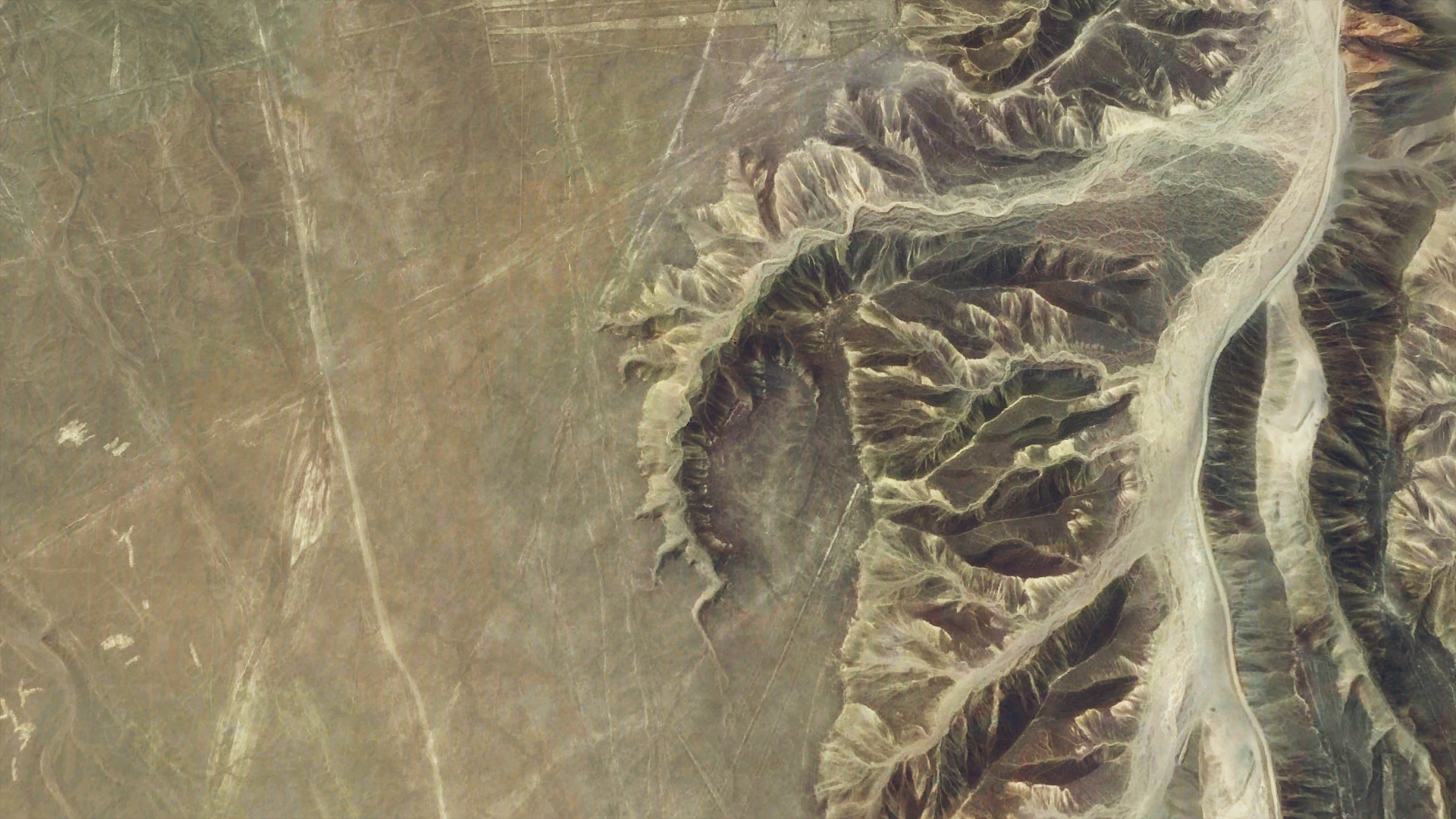
So, one day we may get something like Red Bull Racing with tracks and gates and planes with colorful smokes?
Jörg: That’s a really good idea!
Let’s talk about tech more: Does satellite texture streaming work only to load textures for a given part of the game, or is it a constant flow of data while flying?
Martial: We are constantly streaming all the data needed to compute the environment you are seeing. We are streaming every map and sometimes 3D cities from Bing. We also download some information using cloud computing. We’re storing that on Azure to be able to stream all the time. Then, rendering happens on the end-user PC.
So, is it possible to fly around the world without stopping and see all the beautiful landscapes seamlessly? With unlimited fuel assistance of course!
Martial: Of course! Definitely yes. You can also go very high, up to space, because the lighting and the global illumination system is physics-based. So, when you go very high, the sky turns dark. It’s an entire system, it recreates a new Earth. You can already find very long trips on YouTube. Not around the world yet, but I believe I’ve seen a flight from LA to Australia. And we’ve done some calculations, because people keep asking how to make sure that the entire planet looks great. If you are taking a flight in a basic Cessna at certain altitude that you can see for 5 kilometres both sides, which is pretty high, and you fly full-speed for 8 hours a day, it will take 40 years to see the entire planet.
Jörg: What’s really interesting about it, is that we have a community that is super dedicated. Flight sim community has been fantastic and they actually helped us a lot. Because they live in those places, they give us lots of feedback, screenshots. The first screenshot I got was from Hobart in Tasmania. I didn’t know where that even was, but I looked it up. One of our alpha testers sent us screenshot of him flying his real plane, comparing it to our sim and he said: “This is perfect, but it’s too red here, so fix this and fix that”. So, it is awesome to have a worldwide audience that is knowledgeable about the world everywhere.
Martial: And we did the same with our relatives and friends because people come from all over the world. I’ve got a Polish friend that is from Szczecin so we did that: we went over Szczecin to check if the building was in the right place, if she could recognize her home, school. It’s really interesting to see the reaction of people we brought to visit their own places. But it is impossible to test the entire world, so we do cherry pick and do some tests with people we know and we have community feedback.
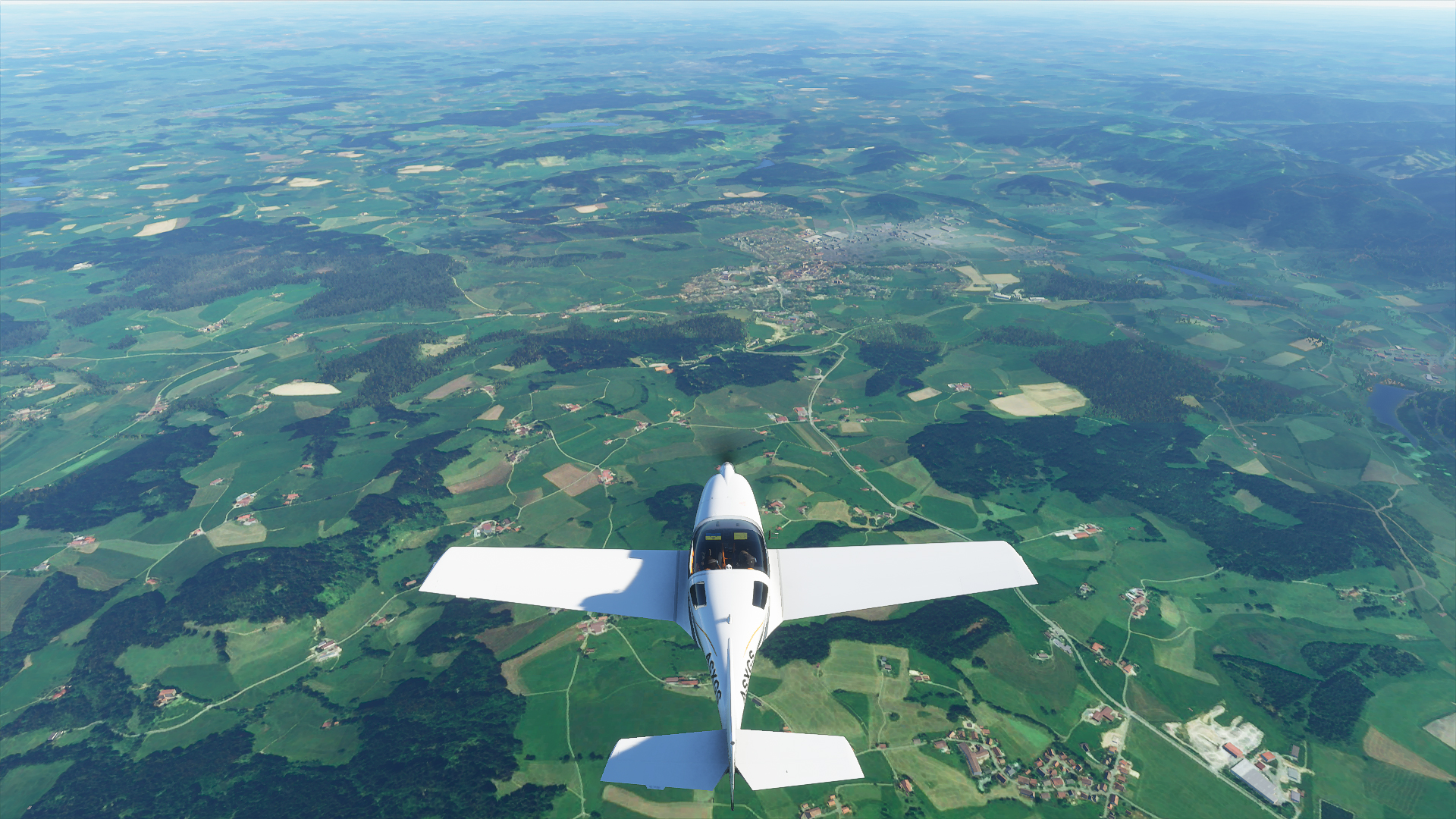
Jörg: We have something called photogrammetry which is essentially airplanes flying over cities and taking pictures every second. Out of that comes a point cloud and the point cloud gets constructed into a 3D map. So we have over 400 cities like that, with 5cm resolution of satellite images.
All the data comes from Bing maps and the Bing maps folks didn’t really care about covering the North and South Poles because people don’t really go there on Bing maps – but simmers do! Because when you fly from Europe to America, you have to fly somewhere near the Pole. So I called Bing and said: “Look that map up there doesn’t look that good. So they actually improved it dramatically. I think the height field was every 50 meters and now went to every 5 or 3 meters. It’s much, much better.
And the great thing is, and was pretty obvious when we started, that there are more and more sensors on the planet: satellites everywhere, tons of planes sending stuff down, lots and lots of data sources and it’s getting better all time. Like right now the data provider Vexel that Bing uses mostly is flying over northern hemisphere because it’s summer and there are no clouds. So, we’re gonna get a bunch of new textures from the overflights and we are going to improve with those. That’s a continuous update that is free for everybody. We will make it nice and call it World Updates.” In order to make it consumable, we will take regions of Earth, we’ll get the new data, we’re gonna build some extra new airports, some new POI points, make some entertaining structured things – and that will come up every two or three months.
Martial: Of course, we are not just displaying the photos we’re getting from planes or satellites. We are also adding layers of details. With the machine learning and auto algorithms we are able to understand where’s grass and water exactly, or if you are on the concrete area, so we can put some details, like rocks, blades of grass. Everything can be added, so when you’re close, on the ground, you don’t just get a picture stretched all over the map; you’ve got more details.
What we get from Bing is just a picture with nothing else on it. So, we have to create machine-learning algorithms to build the buildings and build the trees and everything in 3D. We can do that in 2 weeks or so, we can process the entire planet. Procedural data is 1.5 billion houses and 2 trillion trees. It’s really amazing when you think about the scope, what’s possible now with the cloud – it’s incredible.
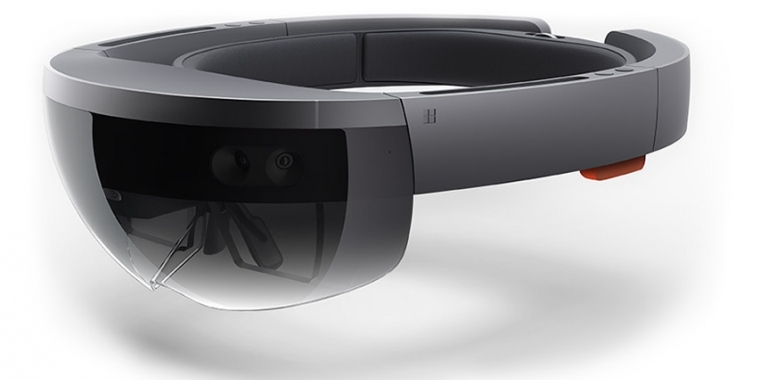
Why the delay with bringing VR support? Were there any problems with implementation?
Jörg: We actually had VR in the build in the first year of development. It wasn’t optimized or anything, but the engine was completely capable. But we started with Earth, and then it was like: “We need to rewrite the flight model,” and for the flight model to be good, we had to rewrite the atmospheric system, and then you needed to adjust the lighting. It’s like peeling layers of onion. You find more things to do, so at some point, we just decided to do VR later and stopped. We didn’t really work on it that much. And then, we came out at E3 last year with the teaser trailer, and it was extra-super clear that the community wanted VR. We listen to fans, so we prioritized it, put a dedicated team on it, and that team has been working really hard ever since.
We teamed up with a particular hardware partner. They were kind enough to give us a new device they are working on – it’s [Hewlett-Packard]. I can tell you it’s amazing because I am flying it and probably I will always fly in VR, it’s so amazing. We are going to wait for the HP device to come out, they are close to announce the date. So, it is just a few months away and we pushed really hard to get it there.
Are you planning to implement the DLSS?
Martial: We are going to embrace all these new technologies. For VR, we decided first to use some rendering technology that everybody could benefit from. We needed some ray-tracing, so we have something that’s really close to ray-tracing but it isn’t exactly a ray-tracing. The advantage of this, though, is that everyone can benefit from that. Later on, we will bring some layers of improvement and rendering is one of them. We want to have equal quality across the board, so we’re going to improve the world, improve the planes, the ATC, all the different layers.
Jörg: We did some studying. Flight Sim X, the predecessors too, but especially Flight Sim X – a great piece of software, but by the time it came out, it wasn’t the best frame rate ever. For a lot of people it ran at 15 fps, so we didn’t want to do it. We wanted to make sure that everybody who wants to play the sim and has a reasonably powerful computer can do it. Like a true PC game, there are all kinds of sliders and you can choose what you want. Cloud quality versus ground quality versus all other knobs you that can pull, including resolution of course.
I think it’s super important that it runs well, hits at least 30 FPS or more, and that you can basically customize, instead of forcing everything to high-end, and then people who don’t have the money to buy a new rig can’t really experience it. I think it’s the wide approach.
We have time for just one question, can you say anything about the Xbox version?
It’s in development : )
My point is: I have to use like 6 USB ports on PC just to set up my controls for flying. I don’t see that passing with a console version, it has to be different from the PC in some ways…
Martial: We are trying to take advantage of every single platform that we’re using. Jörg was talking about scalability so everyone can benefit from the simulator whatever the computer is and we have the same philosophy for inputs. Whatever inputs you have, you should get a super experience. It can be just a pad or a homemade cockpit. We are embracing sticks, VR, TrackIR – everything what people are using with a large scalability of inputs. We are trying to make it doable with whatever hardware is out there.
Jörg: There is a famous movie quote from the film Field of Dreams: “Build it and they will come.” I think there haven’t been any flight sims controllers for consoles because there weren’t any flight sims on consoles. So sometimes you need to build something. And the peripheral manufacturers are super excited that we are going over to consoles because we’re gonna reach completely different people – people that have never experienced flight sims, probably because they don’t have a big PC or aren’t PC gamers.
But Xbox supports most keyboards. And we don’t really have anything to announce today, but clearly people are working on a device that will make a real sim experience on consoles.
And what about the 3rd party planes and mods which often cost more than the game itself? Are you planning to make these available on the Xbox store too?
Jörg: Yes. There is a community of simmers and community of 3rd party creators. To the simmers, we talked right away. And to 3rd party after last year E3. We called them and said: “Hey, we are building a new platform, please help us.” Many of them immediately jumped in and helped with the development of SDK. One thing they wanted from us was to build an in-game marketplace. Without it, they would have to build a website and drag people there, so they asked us to build something into the sim for everyone.
And the offer will be scalable. Everything will find its audience. I am not concerned at all about pricing. What’s nice is that there will be a full spectrum. There are gonna be planes which cost 10 bucks, too. It’s just up and down a scale and people will find what they are looking for.
Great! Thank you very much for the interview!
